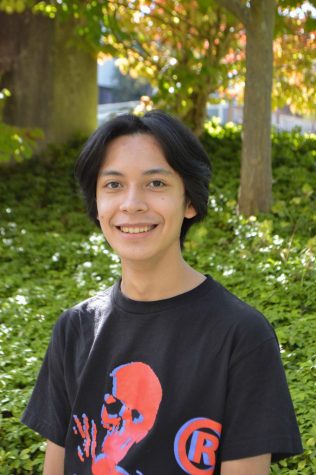Student Athletes Face Tough Decisions with Conflicting Schedules
February 24, 2021
When COVID cases started rising in Washington State, Governor Jay Inslee took action by limiting activities that would put people at risk of contracting the virus. Many people transitioned to working from home, stores were required to adapt to make shopping safe for customers, schools were shut down, and sports seasons were put on hold. Because of this, many Seattle Prep athletes faced tough decisions regarding their sports.
High risk sports include football and basketball, followed by soccer and volleyball. According to WIAA, Washington Interscholastic Activities Association, season one will be eight weeks long, starting on February 22nd. This year, there will only be two seasons instead of three, each of which will last eight weeks.
Charlie Pehl ‘22, plays football, basketball, and tennis. Basketball would typically start in December, football in March, and tennis in April. Because there are only two seasons this year, he will have to choose between basketball and tennis. “It’s really frustrating that I’m going to have to drop one of those two sports this year, especially when you look at high schools in other states being able to play safely” said Pehl.
Pehl does agree with Metro League’s decision to keep the number of seasons limited to two. Other students who play multiple sports may end up having to choose just one.
Junior Abby Nolan has played tennis most of her life. When COVID cases started to rise in Washington State last year, tennis season was cancelled. “I was sad when I found out my tennis season was canceled…I was looking forward to finally feel like a real member of the team…but now I’m a Junior, and he last time I played tennis for Prep was two years ago.”
Another Junior, Austin Harnetiaux, is facing a similar situation. Harnetiaux, who plays basketball and football, both of which are high risk sports, which have limited opportunities this year. “I understand that there are bigger things going on and if there isn’t a safe way to play, we understand and acknowledge it…I feel [bad] for seniors right now, especially for people who wanted to play,” Harnetiaux said.
He is using this extra time to build relationships with fellow peers, saying that “teams become stronger in community.” He is also staying active and is ready to play when the time comes. Because of COVID-19, playing two sports with two different teams increases exposure; therefore, limiting contact is in the best interest of the individual and teams.


